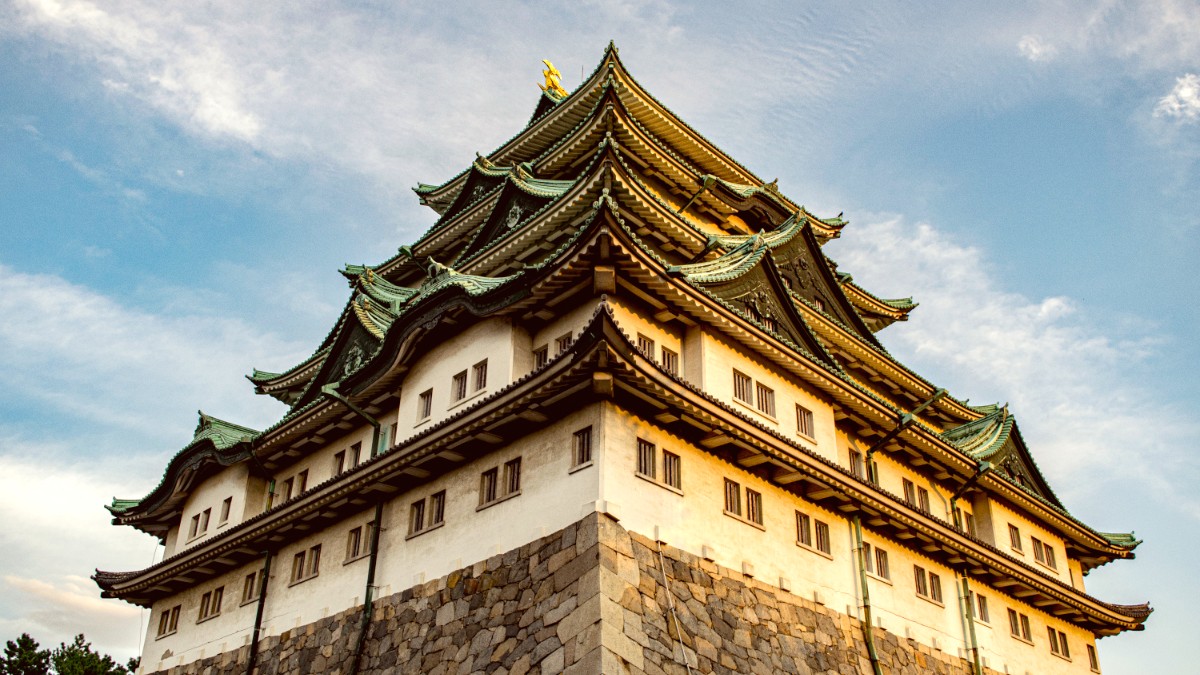
Central Honshu, Japan
Beyond its industrial identity, Nagoya is a compelling narrative. Its rich history links to powerful samurai clans, visible through its grand castle and peaceful gardens. Here, a proud culinary tradition, "Nagoya Meshi," features bold and savory flavors—a true treat for food enthusiasts. The city's pace feels welcoming, a comfortable blend of efficiency and a friendly, local spirit. City navigation proceeds without difficulty, with a clean and effective public transportation network connecting every corner.
This guide uncovers Nagoya's many facets. Your plan might include world-class museums, tranquil gardens, and unique dishes found only here. Prepare to discover a city that surprises and delights, leaving you with lasting memories of Japan's enduring spirit and its ongoing evolution.
Nagoya invites an experience of a city shaped by its past but oriented toward its future. Feel the rhythm of its modern industries, then journey back in time within its historic districts. The city presents a clear view of Japan's economic strength while offering glimpses into the intricate beauty of its culture. From the majesty of its reconstructed castle to the quiet paths of its preserved merchant street, every part of Nagoya tells a piece of Japan's narrative. Anticipate a journey offering both excitement and contemplation, all within a welcoming urban environment.
Nagoya acts as the capital of Aichi Prefecture, positioned strategically within the Chūbu region. This area occupies the central part of Japan's main island, Honshu. Its Pacific coast location offers access to Ise Bay, a large, sheltered body of water. The city spreads across the Nōbi Plain, one of Japan's largest and most fertile plains, extending inland. This flat terrain aids urban development and keeps transportation effective. The Shōnai River divides Nagoya, flowing through the city before entering Ise Bay, shaping the area's geography and history.
It sits almost exactly midway between Japan's two largest metropolitan areas, Tokyo to the east and the Kyoto-Osaka-Kobe Kansai region to the west. This geographical advantage has made Nagoya an important transportation hub. Major railway lines, including the Tokaido Shinkansen (bullet train), and extensive expressway networks meet here. This connectivity means easy travel to and from other parts of Japan, making Nagoya an useful base for wider Chubu region exploration.
Vast farming areas support local food culture.
Mountains are visible on clear days, ideal for hiking or skiing day trips.
Historical ties to fishing and maritime trade shape local economy.
Coastal position brings humid summers, though the bay offers some storm protection.
Shōnai River and other streams offer green spaces for recreation.
The surrounding landscape mixes urban, agricultural, and natural elements. The Nōbi Plain supports extensive farming, contributing to the local food traditions. Beyond the plain, the Chubu region rises into mountainous terrain, including the Japanese Alps. While Nagoya itself is mostly flat, these mountains are visible on clear days and invite day trips involving hiking, skiing, or hot spring visits. Proximity to Ise Bay historically fostered fishing and maritime trade, influencing the local economy and diet.
Nagoya's coastal position brings maritime weather influences, contributing to its humid summers. The city's placement within the bay offers some shelter from the full force of Pacific storms, compared to more exposed coastal cities.
The Shōnai River and other smaller waterways within the city present green spaces and shape the urban environment, offering areas for recreation and quiet contemplation amid the city's activity.
When creating your day trip itinerary, consider Nagoya's central position. Mountain retreats, historic towns, and other major cities remain quickly reachable by train.
Nagoya's history tightly connects with the powerful Tokugawa clan and the Edo period (1603-1868). The city's standing began with the construction of Nagoya Castle. Tokugawa Ieyasu, the founder and first shogun of the Tokugawa Shogunate, ordered its creation in the early 17th century. This strategic move made Nagoya a major castle town and the capital of the Owari Domain, one of the three most powerful cadet branches of the Tokugawa family. The Owari Tokugawa family governed this region for over 250 years, fostering a culture of craftsmanship, trade, and intellectual pursuits.
The castle functioned not only as a military stronghold but also as a political and economic center. Its location along the Tokaido road, an ancient highway linking Edo (Tokyo) and Kyoto, further elevated its status. Nagoya thrived, becoming a hub for various industries, including ceramics, textiles, and later, clock-making. The city's artisans developed distinct skills, contributing to its wealth and cultural identity. The influence of the Owari Tokugawa persists today in the city's cultural institutions, like the Tokugawa Art Museum, home to the clan's treasures.
The Meiji Restoration in 1868 brought major shifts across Japan, and Nagoya quickly adapted. It transformed from a feudal castle town into a modern industrial core, known for its automotive sector.
Nagoya suffered extensive damage during World War II air raids, with much of its historical infrastructure, including the original castle keep, destroyed.
Despite devastation, the city undertook a remarkable rebuilding effort, meticulously reconstructing landmarks and modernizing infrastructure. This resilience defines Nagoya's narrative.
Nagoya's industrial drive shaped its landscape, its economy, and the character of its people. Its existing manufacturing base and strategic location made it ideal for industrial growth. The city became a hub for heavy industry, specifically known for its automotive sector, with Toyota Motor Corporation a prominent example.
Strategically located in Central Honshu, Nagoya serves as a hub for both urban visits and regional day trips.
Its historical roots tie to the powerful Tokugawa clan, evident in Nagoya Castle and the Tokugawa Art Museum.
Recognized as Japan's manufacturing core, with attractions like the Toyota Commemorative Museum.
Savor "Nagoya Meshi" – unique local cuisine with dishes like Miso Katsu, Hitsumabushi, and Tebasaki. Options for all budgets.
Efficient subway and bus system. Bustling districts like Nagoya Station area, Sakae, and Fushimi offer shopping, dining, entertainment. Green spaces for relaxation.
Chubu Centrair International Airport (NGO) for international access. Tokaido Shinkansen rapidly links Nagoya to Tokyo, Kyoto, Osaka. Excellent starting point or stopover.